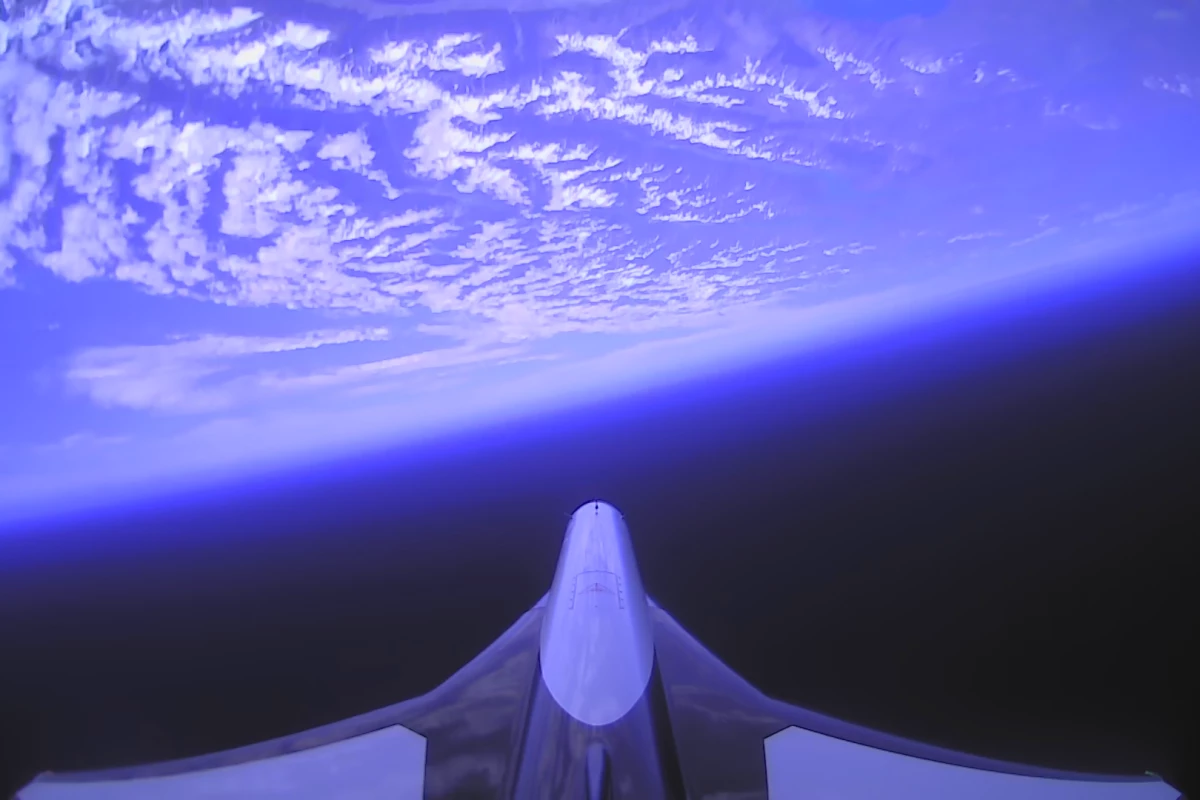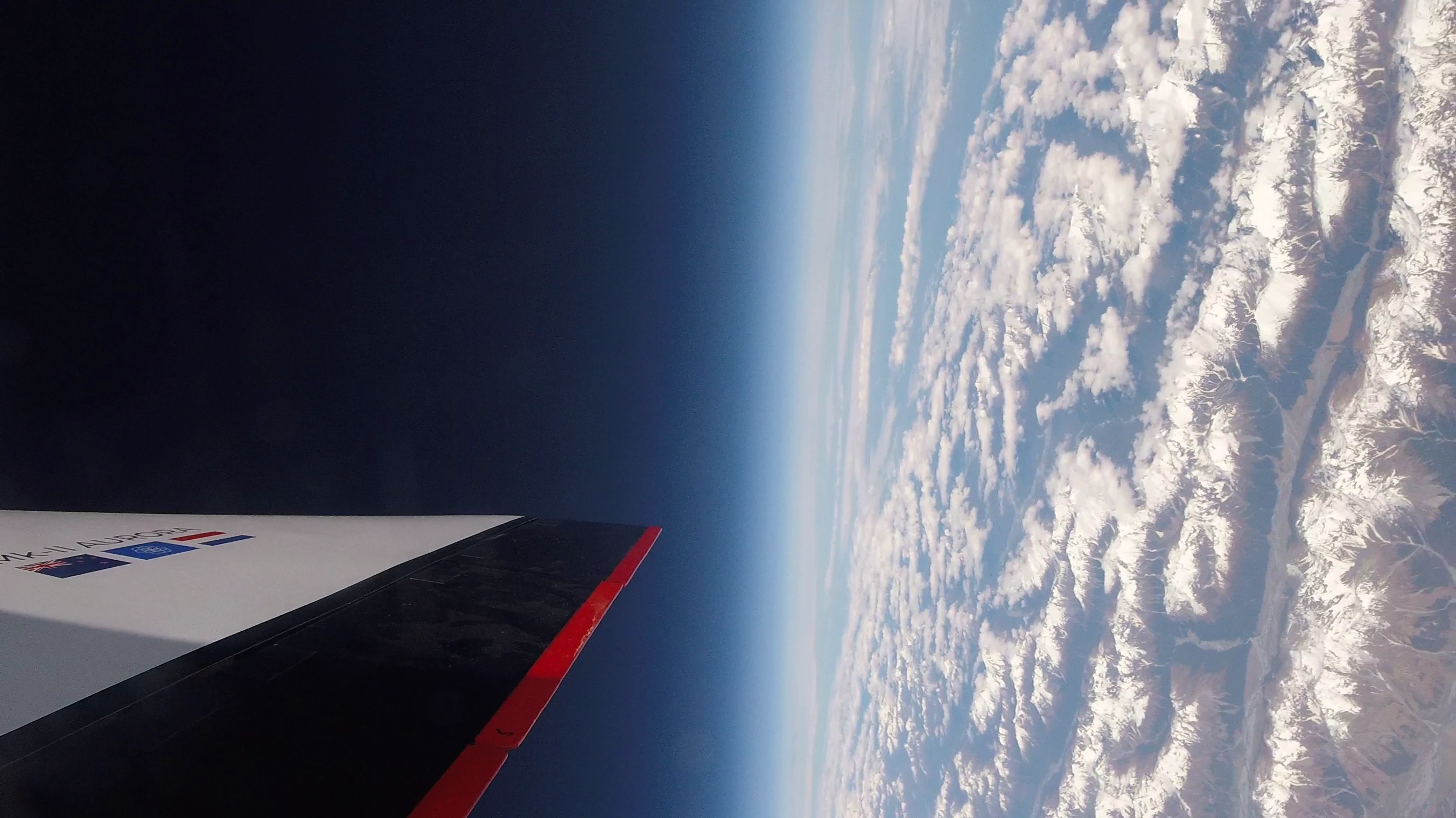The rebirth of commercial supersonic flight has kind of, sort of come to pass as Dawn Aerospace announces that its 16-ft (4.8-m) Mk-II Aurora rocket-powered aircraft broke the sound barrier with a speed of Mach 1.1 on November 12, 2024.
Ever since the Anglo-French Concorde retired in 2003, civil supersonic flight has been something of a lost art. In recent years, a number of startups have been working on various projects to create a new generation of supersonic transports that are quieter, greener, more efficient, and cost effective to operate.
Now, one supersonic aircraft has actually taken flight, albeit in the form of an uncrewed, remotely piloted experimental craft with a wingspan of 13 ft (4 m) and a dry weight of 880 lb (399 kg). In the skies over New Zealand's Glentanner Aerodrome near the base of Aoraki/Mount Cook, the Mk-II Aurora hit Mach 1.1 while climbing to an altitude of 82,500 ft (25,150 m).
According to the company, the Mk-II Aurora broke other records by being the first New Zealand-designed and built supersonic aircraft, the highest altitude reached from New Zealand, and the fastest climb to 66,000 ft (20 km). The rocket-powered aircraft did this in 118.6 seconds, which is 4.2 seconds better than that achieved by a specially modified F-15 in the 1970s.
In addition, the Mk-II Aurora made a second flight six hours later.
The eventual goal is to reach speeds of about Mach 3.5 at the edge of space, which is an altitude of 62 miles (100 km), where the Aurora would be used for microgravity research, atmospheric science, Earth observation, and testing high-speed flight.
"This achievement highlights the immense potential of rocket-powered aircraft to achieve performance never seen before," said Stefan Powell, CEO of Dawn Aerospace. "With flight test 57, we retired the final major technical risk in the Aurora program: vehicle dynamics through the transonic regime. We have now confirmed the Aurora as the highest climb rate vehicle ever built. This milestone sets the stage for Aurora to become the world’s highest and fastest-flying aircraft and paves the way for the first operational hypersonic aircraft, redefining what’s possible in aviation."
Source: Dawn Aerospace












